Joint Flex Support: A Targeted Nourishment for Joints
- Introduction
- What is Joint Health?
- Understanding the Problem
- Root Cause Analysis
- Introducing Joint Flex Support
- Key Ingredients
- Scientific Research and Clinical Studies
- Benefits of Join Flex Support
- Dosage and Usage
- Conclusion
- References
Introduction:
Joints are where two bones meet in our bodies. We can think of joints in two ways: by how they look under a microscope or by how much they move. Under a microscope, joints are classified as fibrous, cartilaginous, or synovial. By how much they move, joints are grouped as immovable, slightly movable, or freely movable.
Our joints, made of bones and connective tissue, develop from special cells called mesenchyme when we're growing. Bones can form directly or indirectly during our development. Each joint has its own blood supply and nerves. Muscles help keep our joints stable, and stronger muscles mean more stable joints, especially the ones that move freely.
Maintaining healthy joints and cartilage is vital for overall mobility and well-being. Factors such as ageing, injuries, and repetitive stress can lead to joint discomfort and limited range of motion.
Joint problems are common throughout our lives, so it's important to understand how our joints work and what can go wrong with them.
What is Joint Health?
Joints are the connections between bones, allowing for movement and flexibility. Cartilage, a firm, rubbery tissue, covers the ends of bones within the joint, acting as a cushion and reducing friction during movement. Over time, factors such as ageing, excessive weight, injury, or repetitive stress can lead to cartilage deterioration and joint discomfort.
Understanding the Problem
As people age, they become more susceptible to musculoskeletal disorders, which encompass various conditions affecting joints (like osteoarthritis), bones (such as osteoporosis), muscles, the spine, and other body areas. Globally, hip and knee osteoarthritis ranks 11th among contributing factors to disability, and its prevalence is rising in most countries. In India, osteoarthritis is among the most common joint diseases, affecting around 22% to 39% of the population.

As individuals reach a certain age, typically around 30 years old, bone density begins to decline, leading to conditions like osteoporosis that weaken bones and increase the risk of fractures. With advancing age, both men and women experience increased fragility in musculoskeletal tissues. This includes reduced resilience in cartilage, decreased elasticity in ligaments, and diminished muscular strength, which can impair normal bodily functions and increase the likelihood of injuries.
In India, approximately 80% of individuals with osteoarthritis face movement limitations, and 25% struggle to perform essential daily activities.
Root Cause Analysis:

-
Sedentary lifestyle as well as lack of physical activity, are significant factors contributing to bone and joint diseases and the risk of falls.
-
Smoking and high BMI are identified as major risk factors for conditions such as rheumatoid arthritis, low back pain, and osteoarthritis.
-
Tobacco use is particularly harmful, leading to decreased bone density and hindering bone healing after fractures. It also negatively impacts muscles, tendons, cartilage, and ligaments.
-
Alcohol, acting as a central nervous system depressant, increases the risk of falls, leading to fractures and broken hip joints.
-
Falls are more common among underweight individuals with weak muscles, while obesity in older individuals raises the likelihood of walking limitations.
-
Older adults with joint and bone diseases, especially those with knee pain and poor mobility, face a significantly higher risk of falls.
-
Environmental pollutants and toxins contribute to inflammation and oxidative stress, affecting joint health.
-
Poor dietary habits, characterised by modern diets lacking essential nutrients for joint health, can exacerbate the risk of bone and joint issues.
-
During the menopausal transition period, the drop of estrogen leads to more bone resorption than formation, resulting in osteoporosis.
Introducing Joint Flex Support:

The special combination of plant-based ingredients in Jointflex Support is carefully formulated to enhance absorption, ensuring that your body can fully utilise the vital nutrients it offers. This blend is meticulously crafted to function together, with each ingredient enhancing the effectiveness of the others for optimal efficiency.
Key Ingredients:

Rose hip extract:
Pain is a common symptom of osteoarthritis, caused by cartilage degeneration and joint instability, leading to small injuries within the joint. These injuries trigger biochemical responses involving cytokines, which promote inflammation, joint swelling, and redness. Our interest in these mechanisms stems from the fact that the standardised rose-hip powder used in our study inhibits the movement of certain inflammatory cells, which could explain its effects on joint pain. Additionally, the powder reduces the serum concentration of C-reactive protein, a marker of inflammation. Standardised rose-hip powder made from the seeds and husks of a specific type of Rosa canina fruit, which also inhibits leukocyte functions contributing to osteoarthritis-related cell injury.
Glucosamine HCL
Glucosamine is a substance derived from glucose metabolism in cells. It's a key component of cartilage and synovial fluid in joints. You can find it in shellfish shells, and there are two main forms: glucosamine hydrochloride (HCl) and glucosamine sulphate.
When you take glucosamine orally, it's absorbed from your gut, processed by the liver, and eliminated through faeces and urine. Its peak levels in your body happen around 8 hours after you take it because most of it binds to proteins.
It's believed to help with osteoarthritis (OA) by providing building blocks for cartilage repair. Recent studies showed that it might also have anti-inflammatory effects by reducing certain chemicals that cause inflammation. Some human studies have shown that glucosamine HCl can reduce inflammation in cells taken from people with OA.
Mucopolysaccharides from PhytoMps:
Jointflex Support contains a unique blend of natural plant-derived mucopolysaccharides, glucuronic acid, and N-Acetyl Glucosamine extracts. These ingredients work together to improve joint lubrication, which reduces the strain on the joints and promotes joint flexibility.
The mucopolysaccharides in jointflex support help enhance joint lubrication, reducing wear and tear on the joints.
Glucosamine and N-acetyl-D-glucosamine (GlcNAc) are amino sugars that play essential roles in the formation of glycosaminoglycans in cartilage. These substances are key components of glycosaminoglycan polymers found in articular cartilage (specialised connective tissue that covers the extremities of joint bones). Due to their importance in cartilage health, they are commonly used as alternative medicines or dietary supplements for treating osteoarthritis (OA). Clinical studies and meta-analyses have indicated that both glucosamine sulphate and glucosamine hydrochloride can help relieve OA pain. Additionally, oral administration of GlcNAc has been shown to effectively alleviate OA symptoms in human clinical studies without causing adverse reactions.Glucuronic acid is also found in other substances in the body, such as cartilage and synovial fluid (fluid found in the joints).
Scientific Research and Clinical Studies
Rosehip extract:
A research study shows that in the group treated with standardised rose-hip powder,
(1) functional capacity of the hip, as assessed by an objective method, was improved.
(2) the impact on functional capacity and activities of daily living (ADLs) such as walking, getting into and out of a car, shopping, and getting up and down from the lavatory, when measured subjectively.
(3) pain was reduced in approximately two thirds of the patients. Pain is the cardinal symptom of osteoarthritis. Due to degeneration of the cartilage and lack of joint stability, small intra-articular traumas do occur.
A study included 50 volunteers, ages 20 to 70 years of age, experiencing knee pain and functional disability and evaluated glucosamine HCl in dosages of 2,000 mg per day compared with placebo over a 90 day period.
Mucopolysaccharides from PhytoMps:
A total of 227 subjects were assessed for eligibility, of which 76 subjects fulfilled the eligibility criteria and were randomly assigned into groups. In this study, we looked at how GlcNAc affects the health of joints in people without arthritis symptoms. Previous research showed that GlcNAc can help with pain and movement in people with knee osteoarthritis (OA). It seems to improve the balance between making and breaking down type II collagen, an important component of cartilage, in people with knee OA. But we wanted to see if it has similar effects in healthy individuals.
What we found was that GlcNAc, at doses of 500 mg/day and 1,000 mg/day, reduced the breakdown of type II collagen in the cartilage of healthy joints. This suggests that GlcNAc might help improve cartilage health by preventing its breakdown. Currently, treatments for OA focus on reducing pain and inflammation, but there's no effective treatment that helps regenerate cartilage. Our results suggest that GlcNAc could potentially fill this gap by protecting cartilage health.
Benefits of Join Flex Support:
By incorporating Joint Flex Support into your daily routine, you can experience a range of benefits for your joint health, including:

Moreover, Joint Flex Support offers a convenient and effective solution for individuals looking to proactively support their joint health and maintain an active lifestyle.
Dosage:
- Glucosamine sulphate, at about 74% purity, requires stabilisers, whereas glucosamine HCl is 99% pure and lacks the sulphate group. Thus, 1,500 mg of glucosamine HCl is equivalent to 2,608 mg of glucosamine sulphate.
- A maximum dosage of 1000 mg per day of rosehip extract has shown no side effects in studies.
- GlcNAc has demonstrated safety in numerous clinical trials, with no adverse effects observed even at doses exceeding 2,000 mg/kg/day based on previous chronic toxicity and carcinogenicity studies. Both glucosamine and GlcNAc have been reported to clinically alleviate knee osteoarthritis (OA). However, GlcNAc may exhibit a potential effect on cartilage metabolism at lower doses ranging from 500 to 1,000 mg/day compared to glucosamine at 1,500 mg/day, according to research.
Usage Guidelines:
- Follow recommended dosage instructions on the product label or as advised by a healthcare professional.
- Take two capsules daily with lunch.
- Consult a healthcare provider before starting any new supplement regimen, especially if you are pregnant or breastfeeding.
- Combining bone strength supplements with joint pain relief and joint flex support can offer comprehensive support for overall joint and bone health, particularly beneficial for addressing bad joint pain, inflammation, and low levels of vitamin D and calcium.
Conclusion:
Investing in the health of your joints and cartilage is essential for maintaining mobility and enjoying an active lifestyle. With Joint Flex Support, you can provide your joints with the support they need to stay strong and flexible. Incorporating this specialised supplement into your daily routine can help promote joint health, reduce discomfort, and support overall well-being. Remember to consult with your healthcare provider before starting any new supplement regimen, especially if you have existing medical conditions or are taking medications. Here's to healthy joints and cartilage with Joint Flex Support!
References:
https://www.sciencedirect.com/science/article/abs/pii/S0197457221002676
https://www.ncbi.nlm.nih.gov/pmc/articles/PMC5377572/
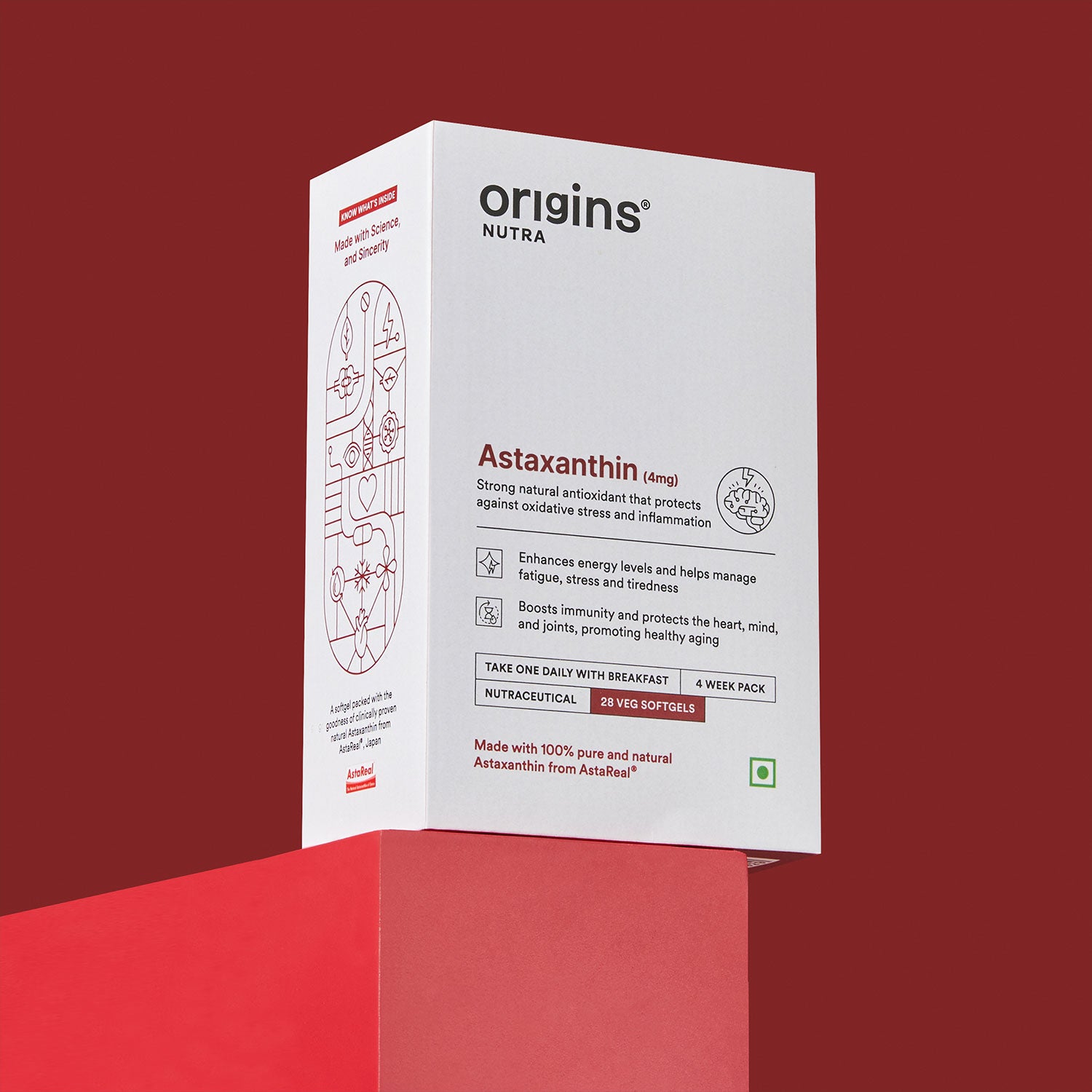
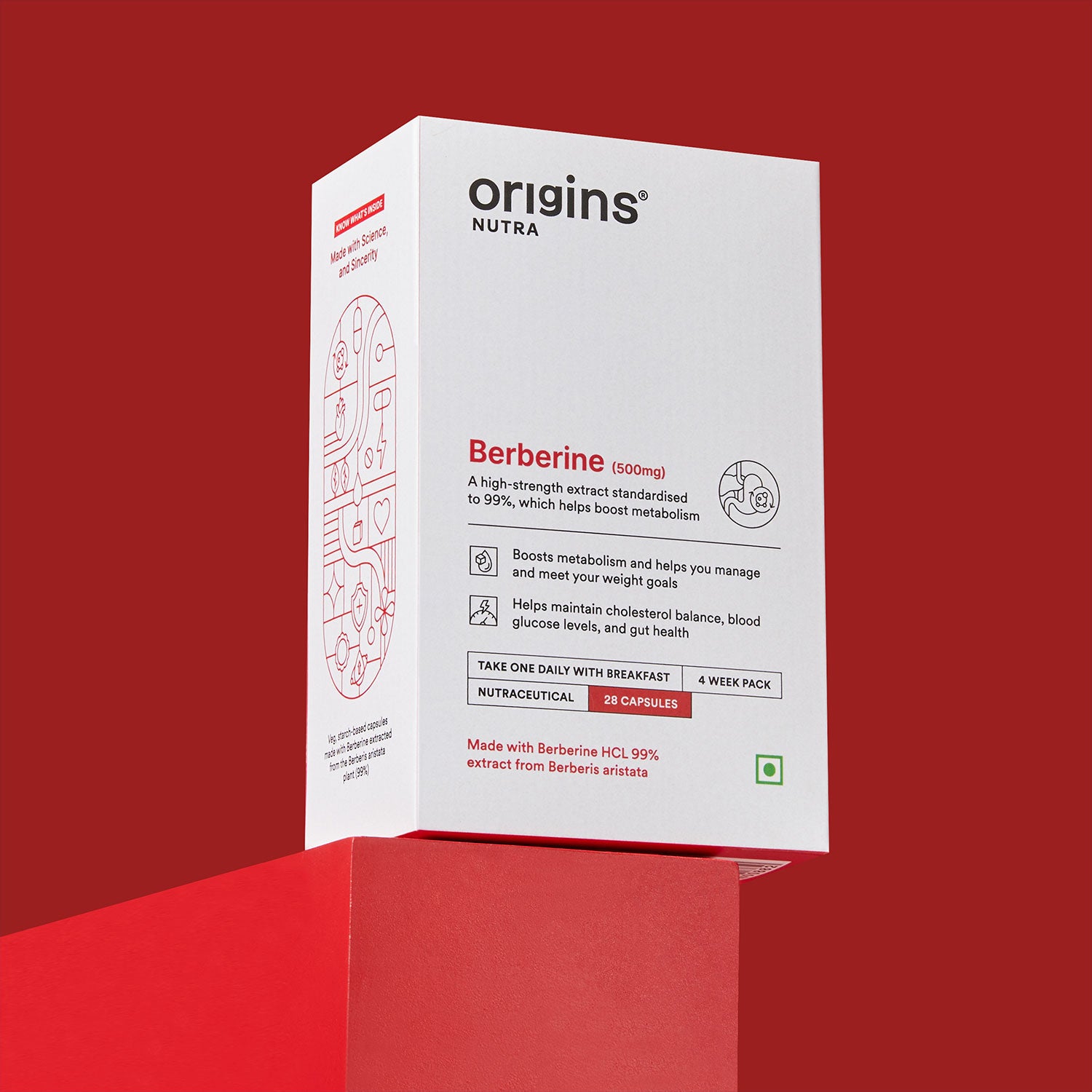
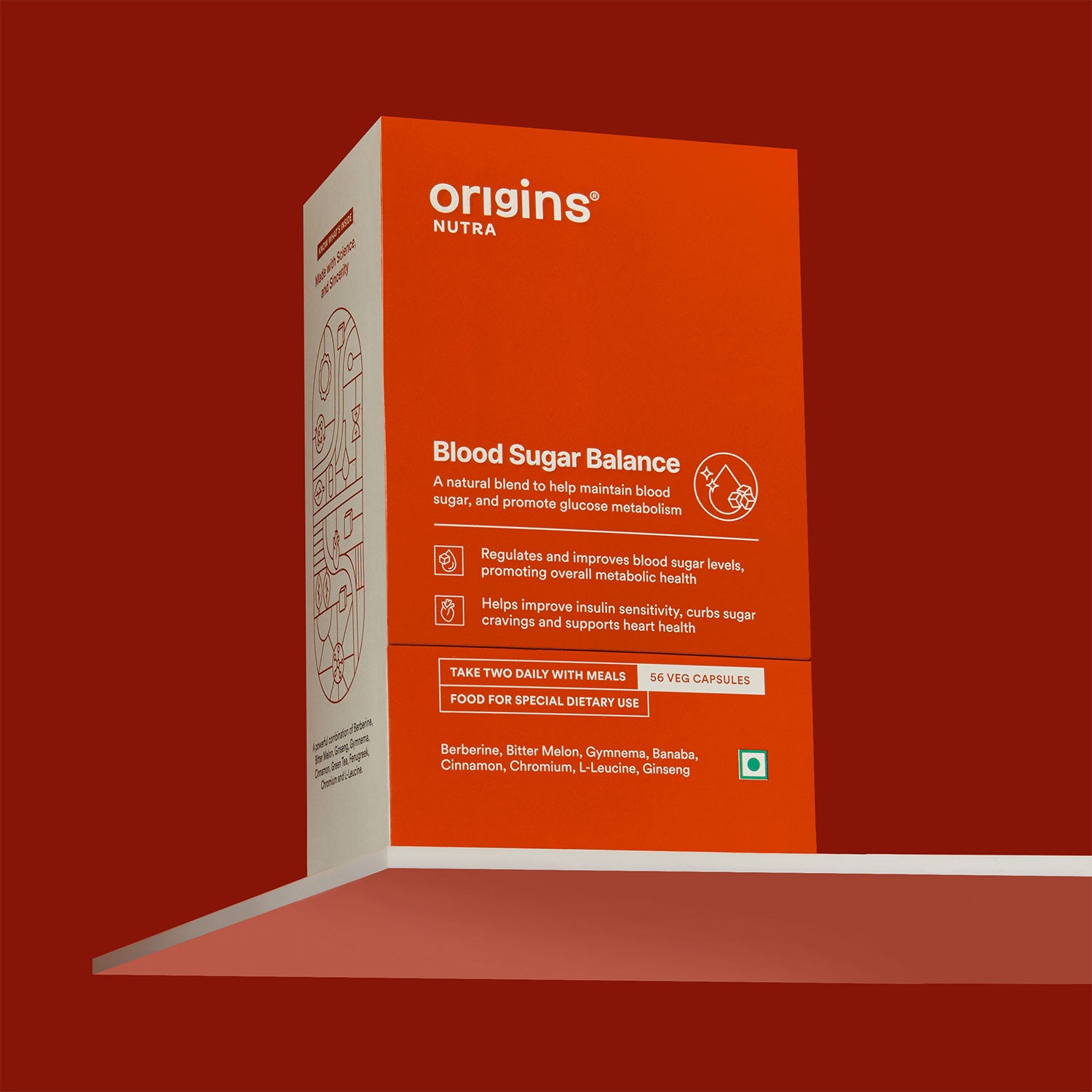
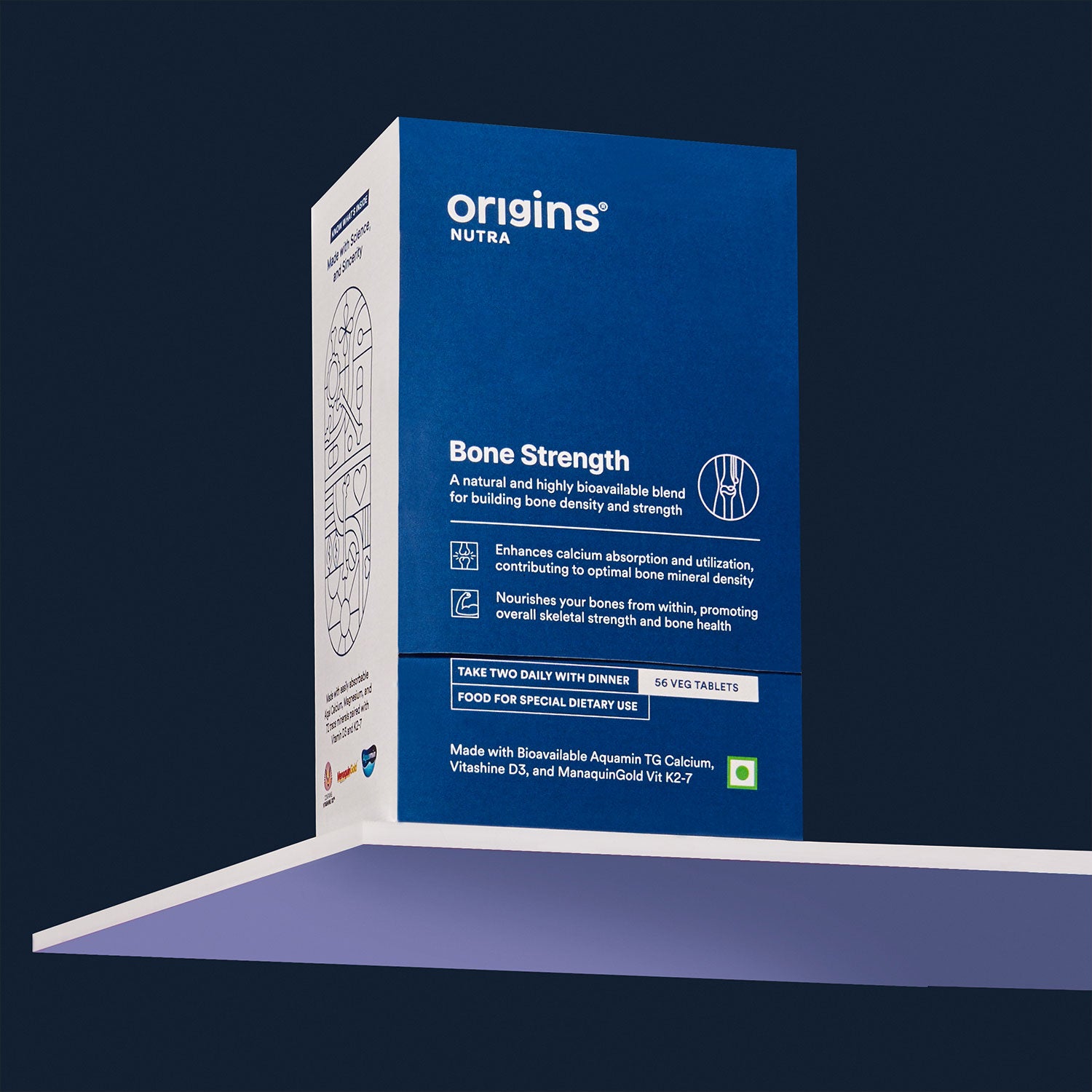
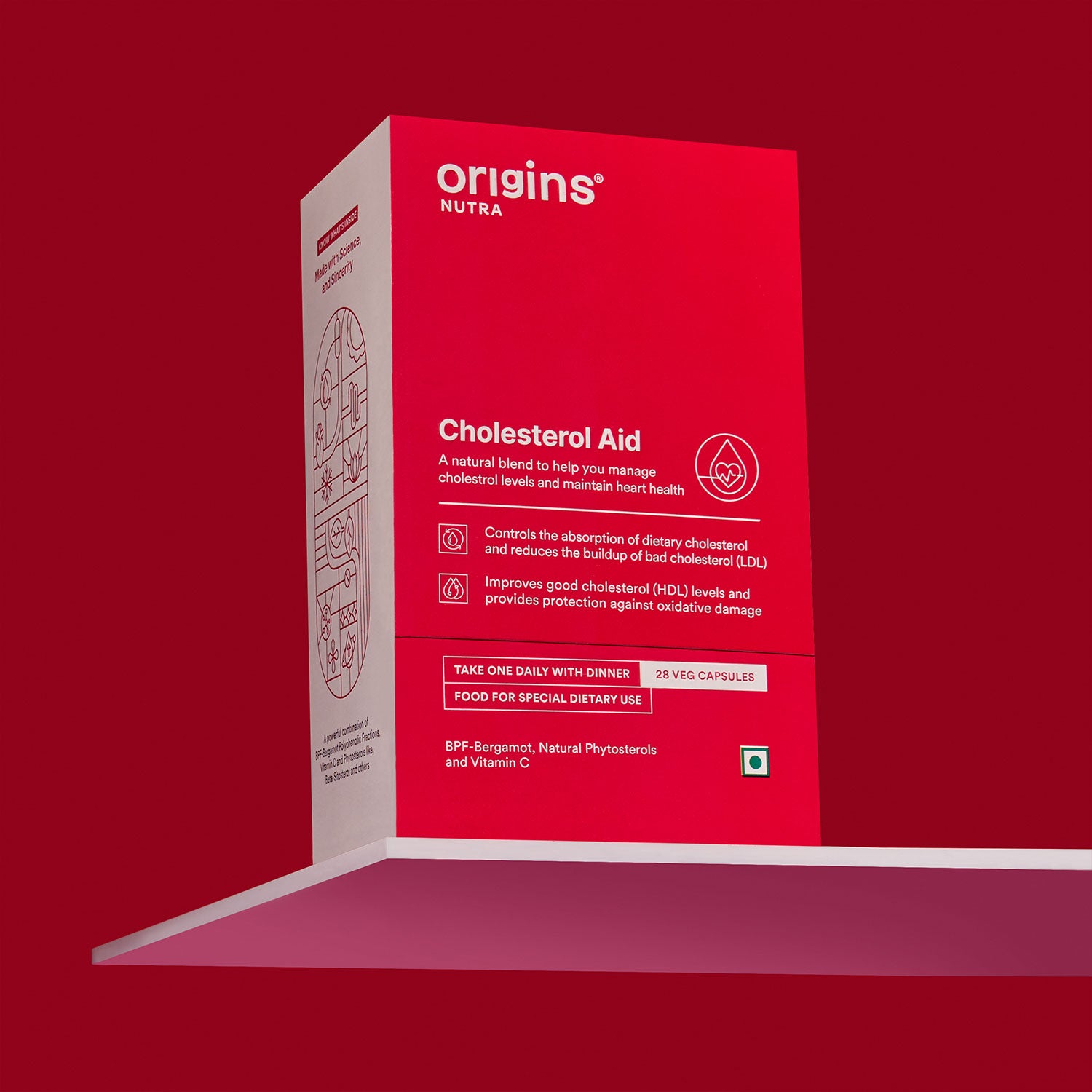
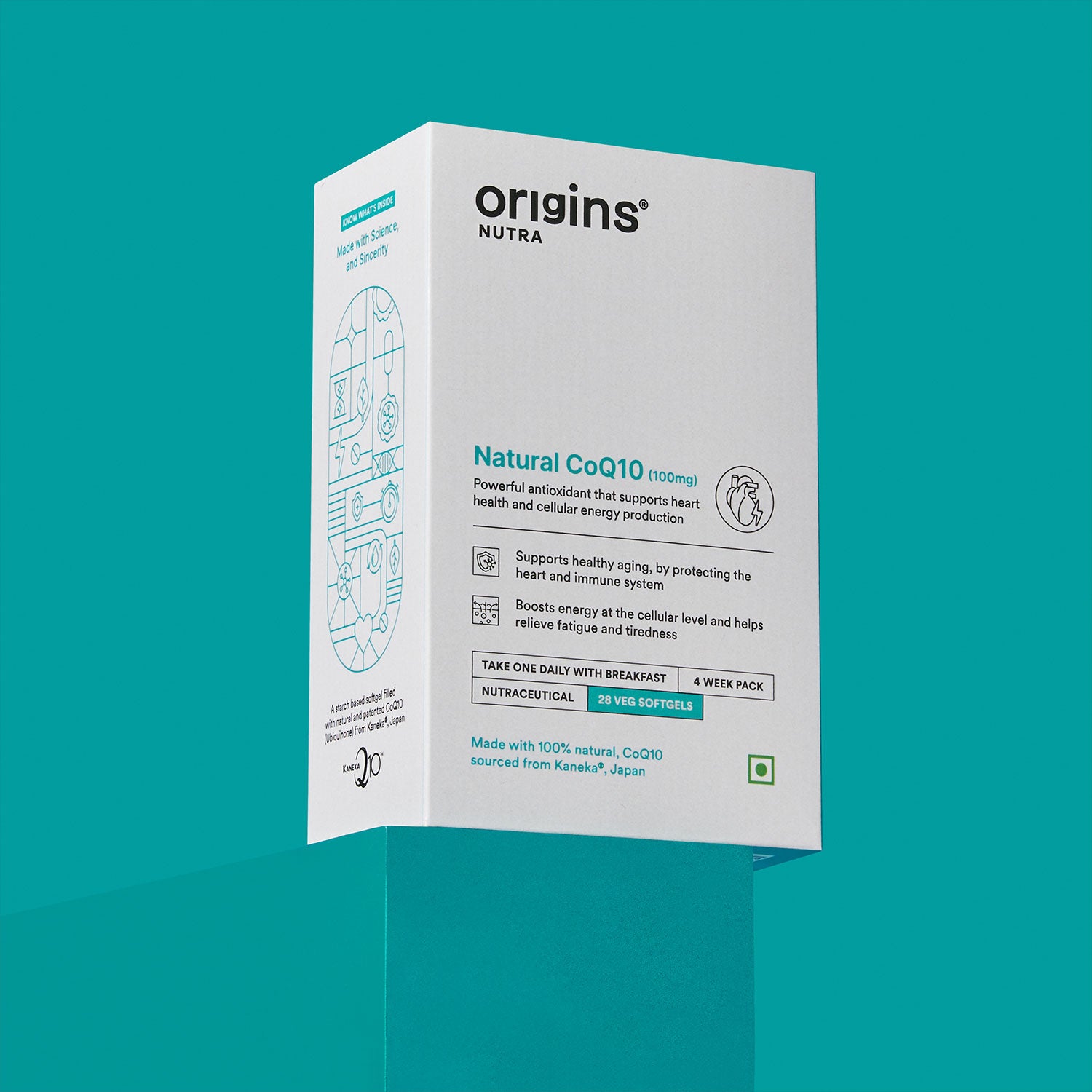
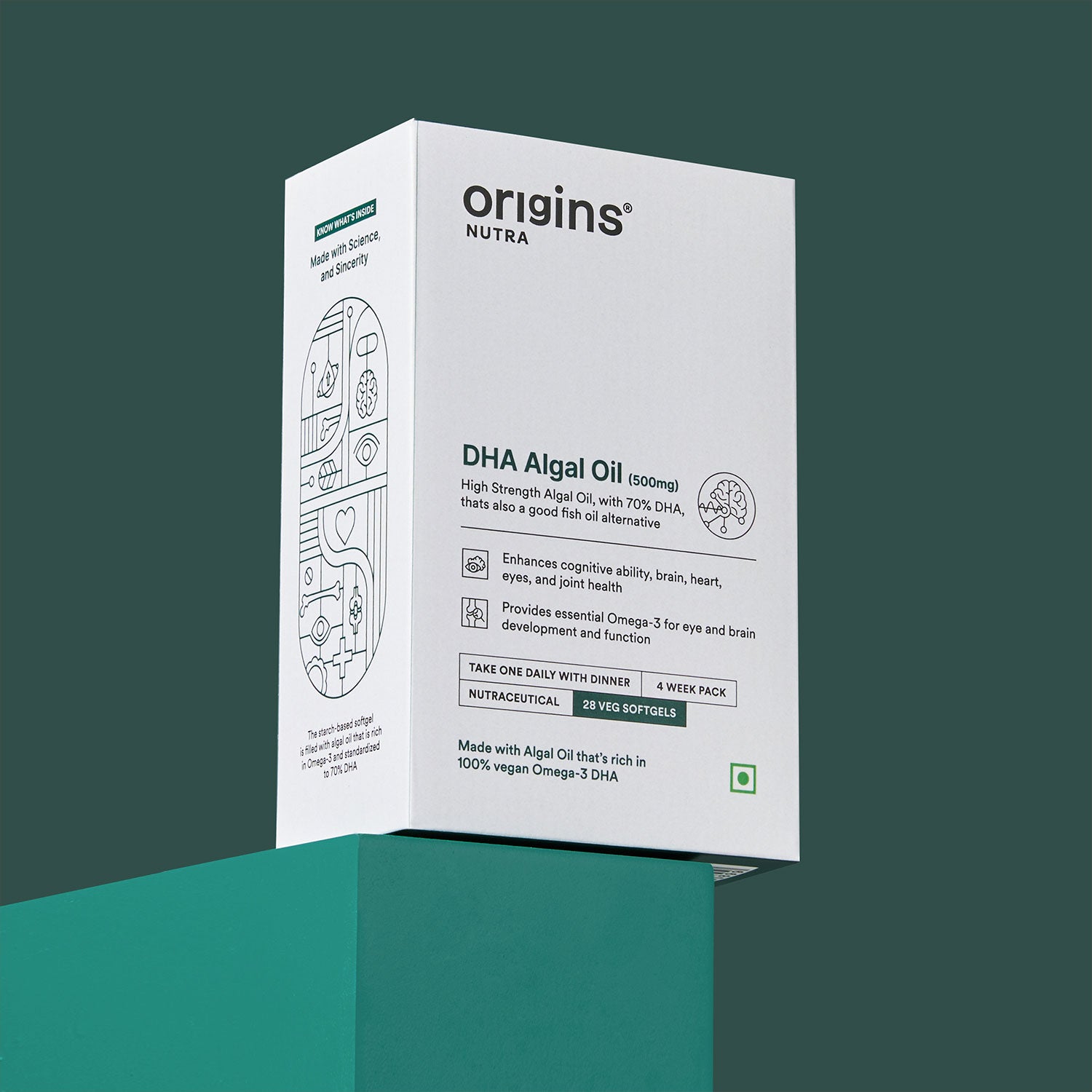
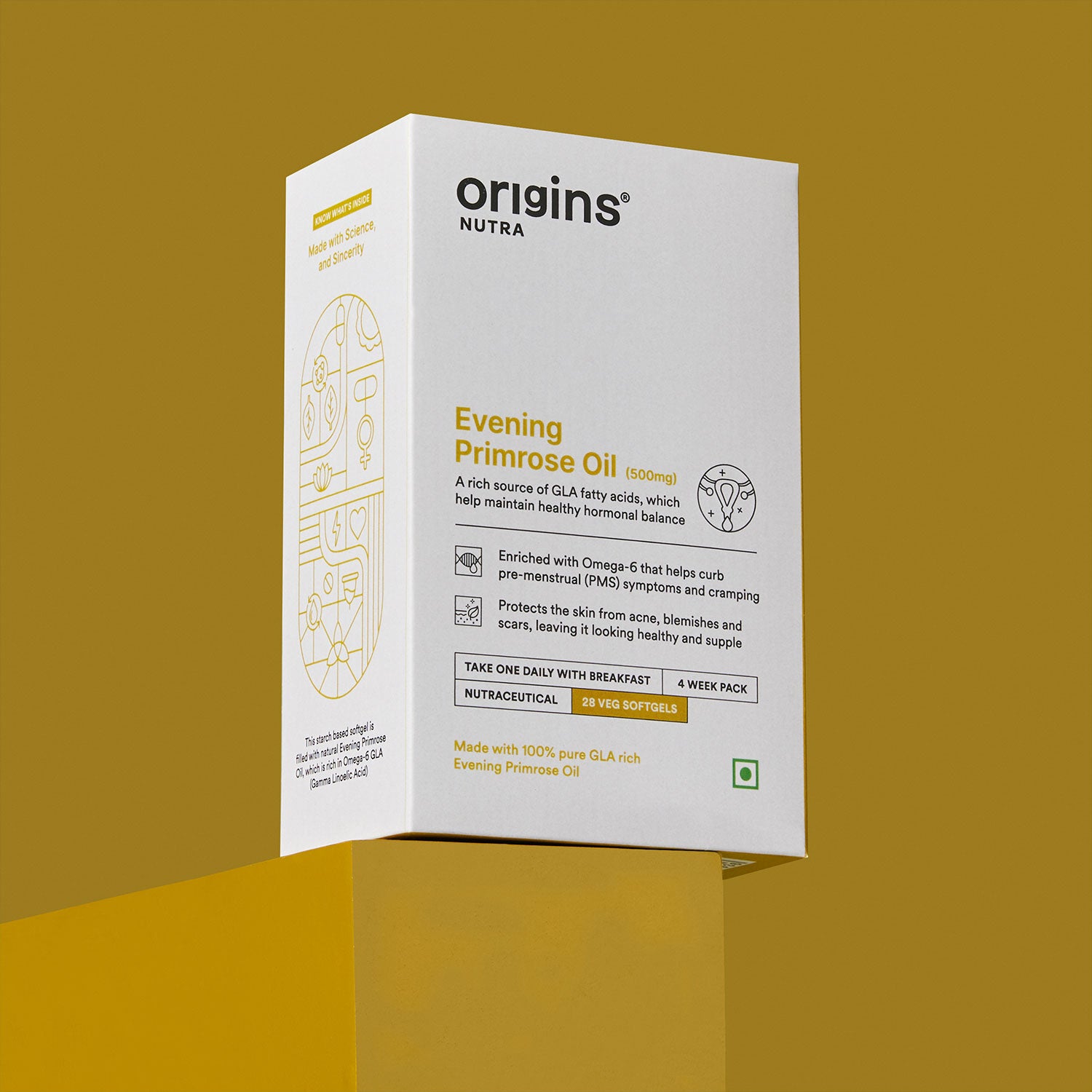
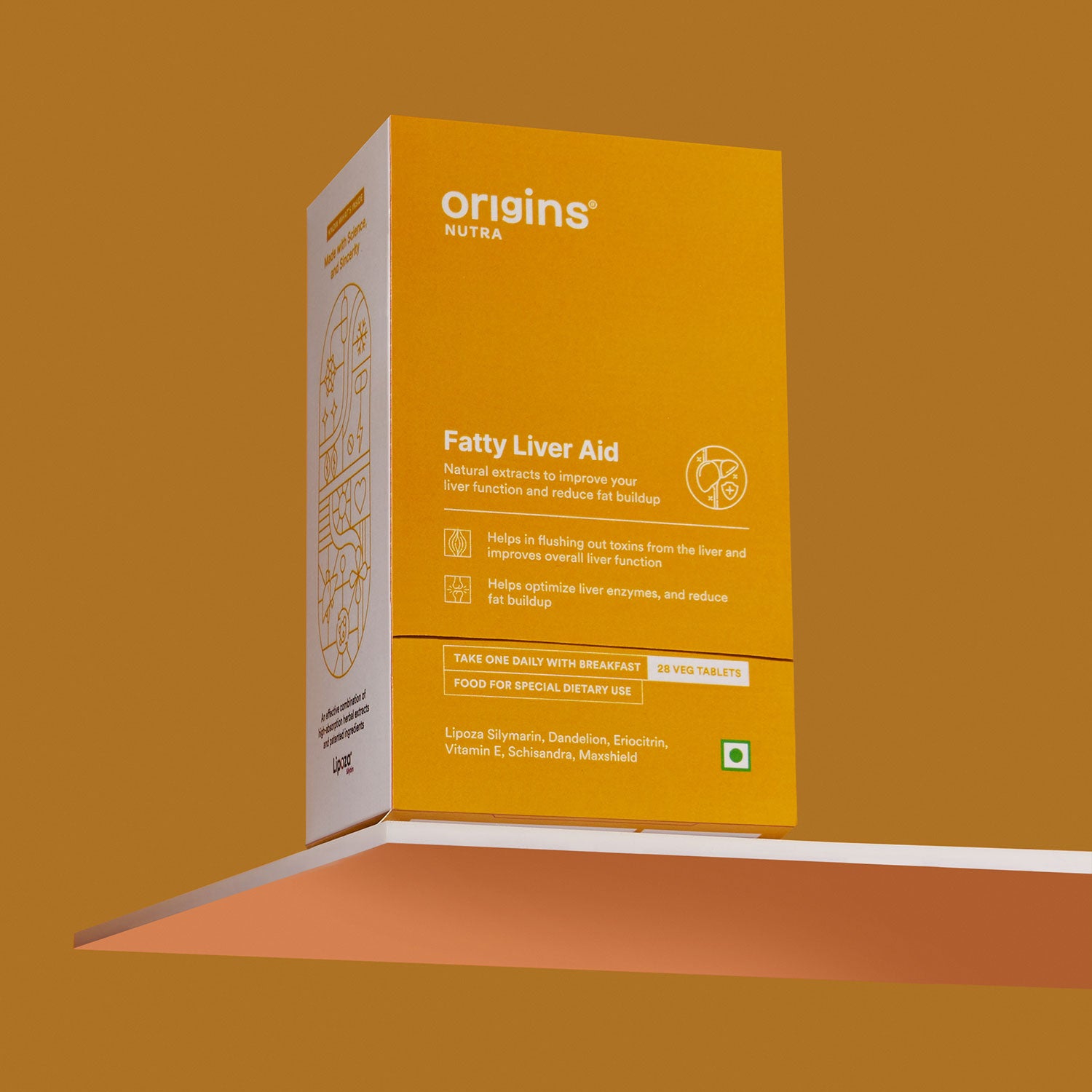
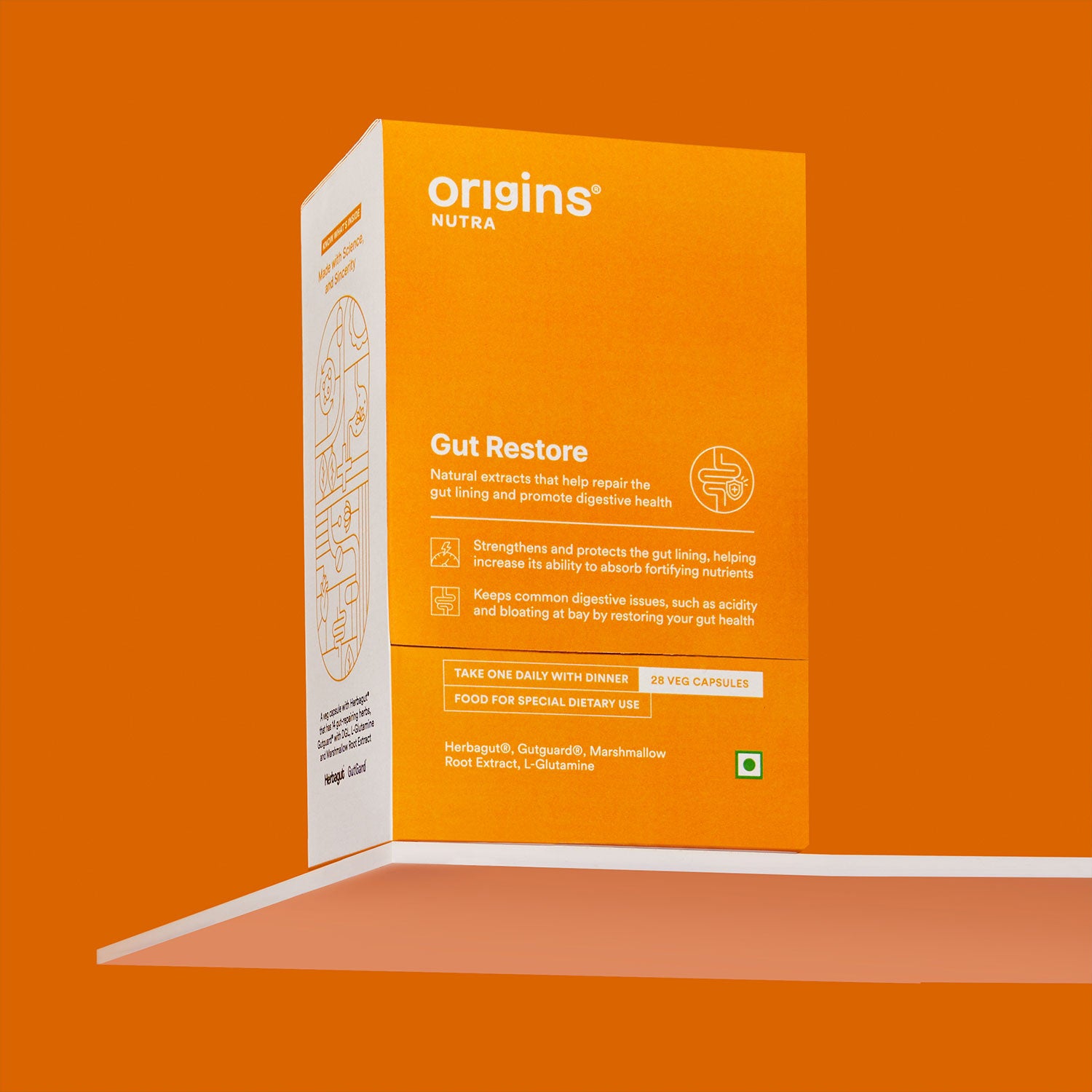
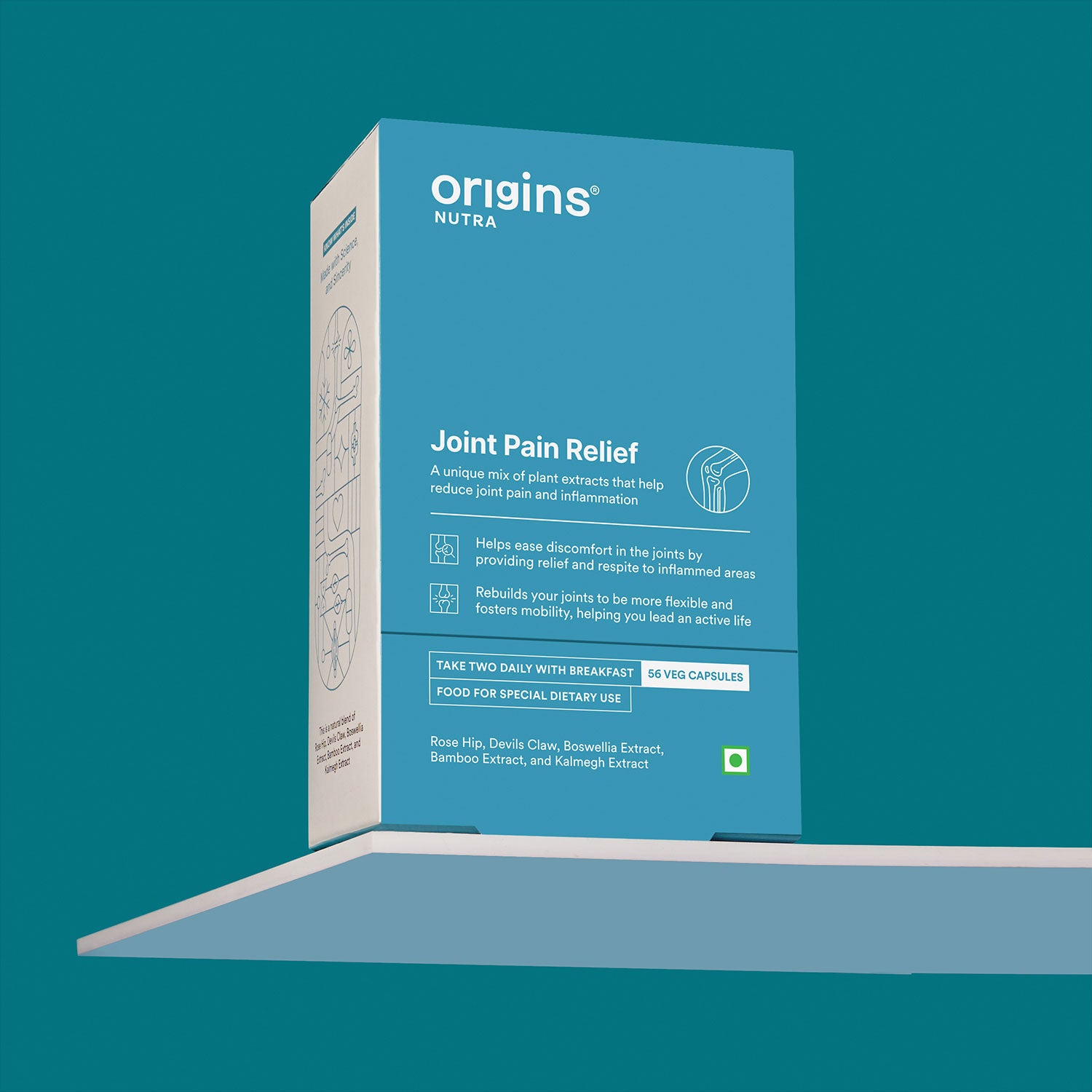
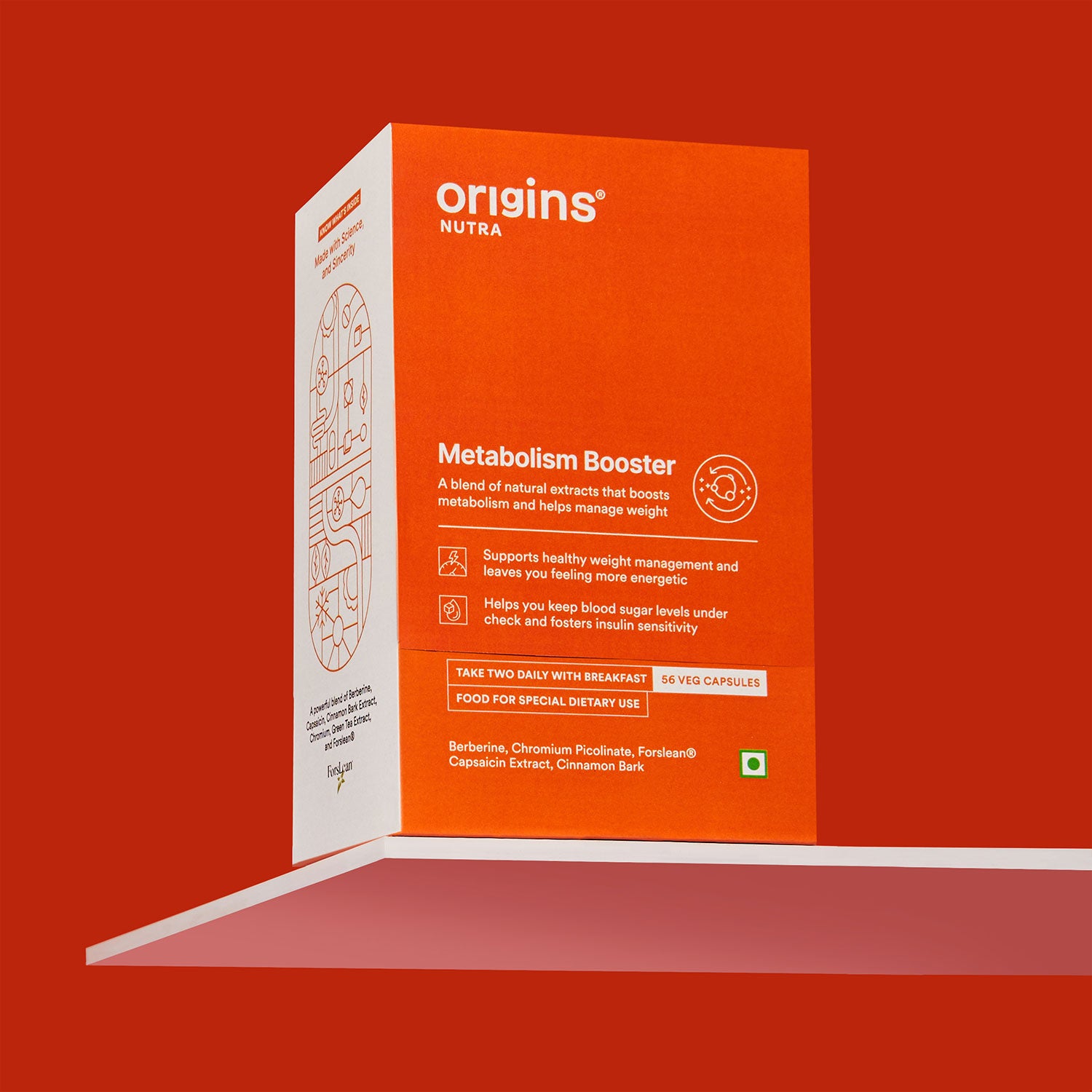
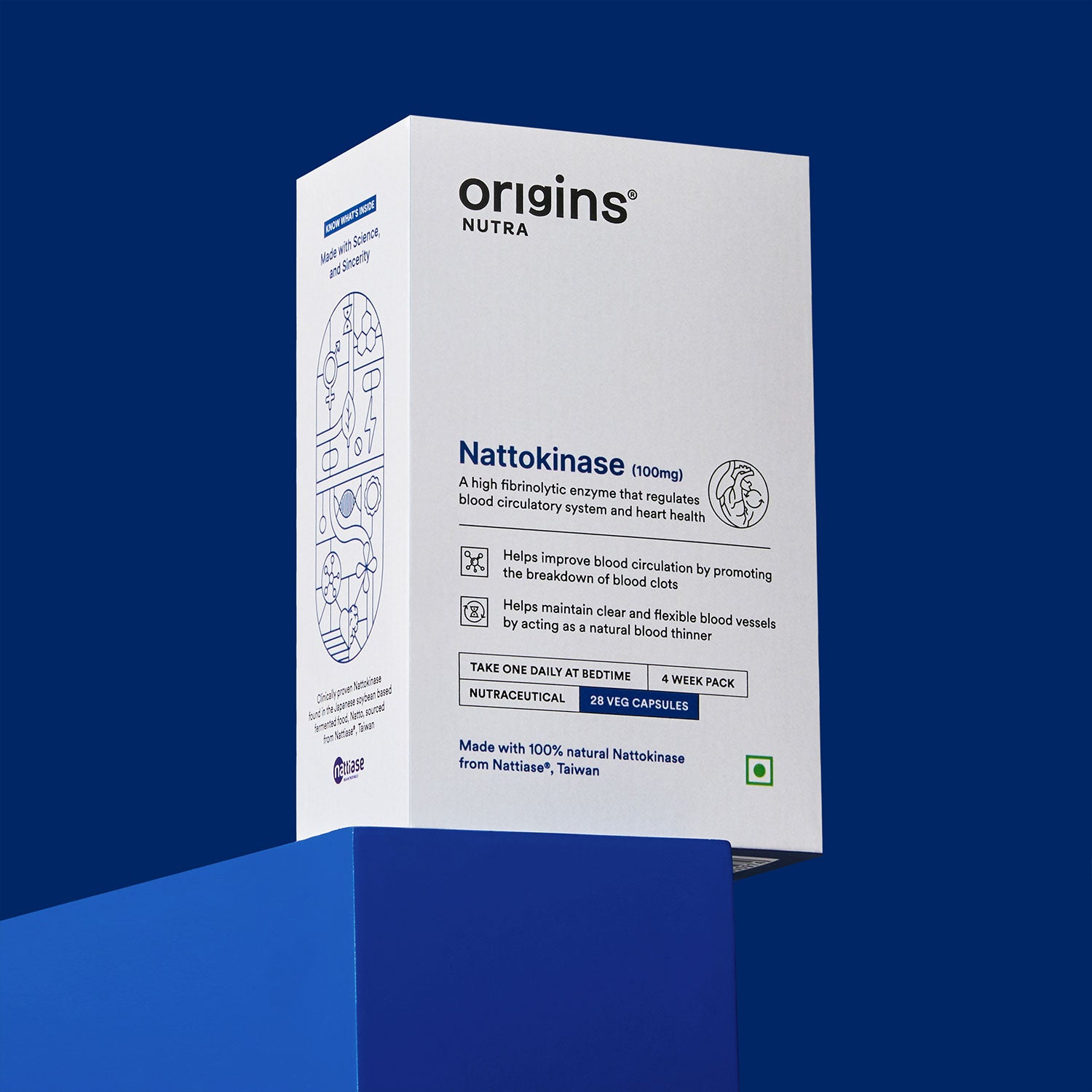
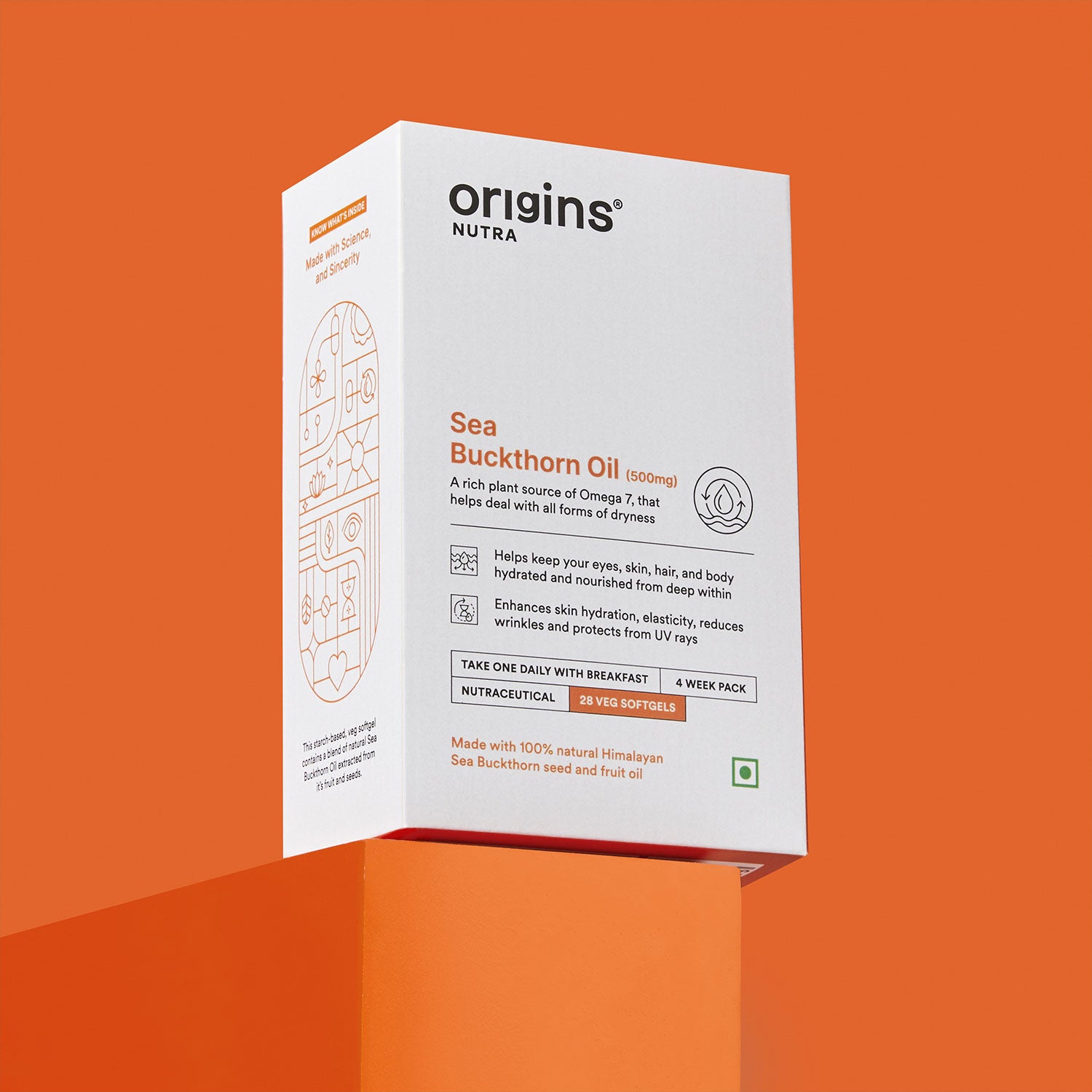
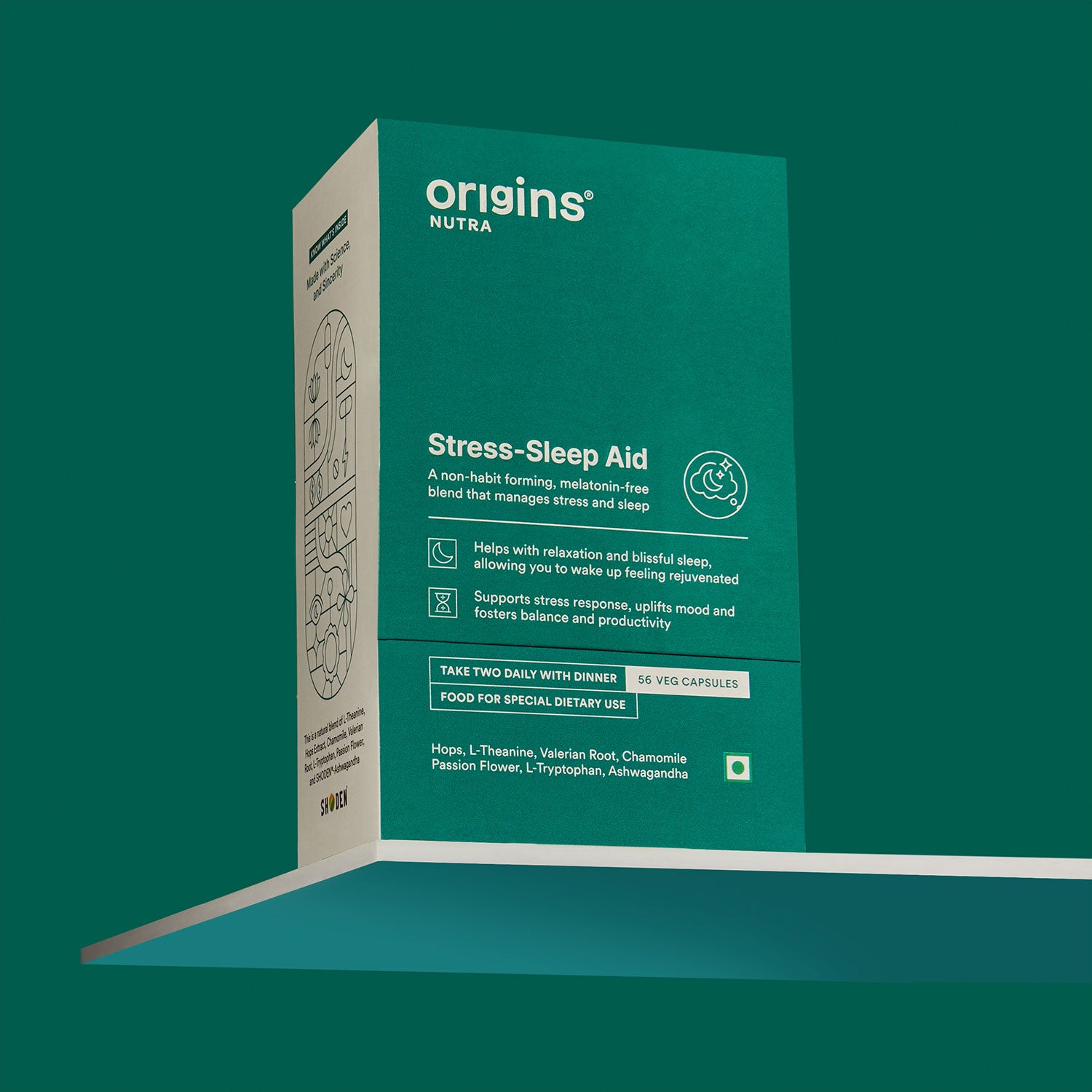
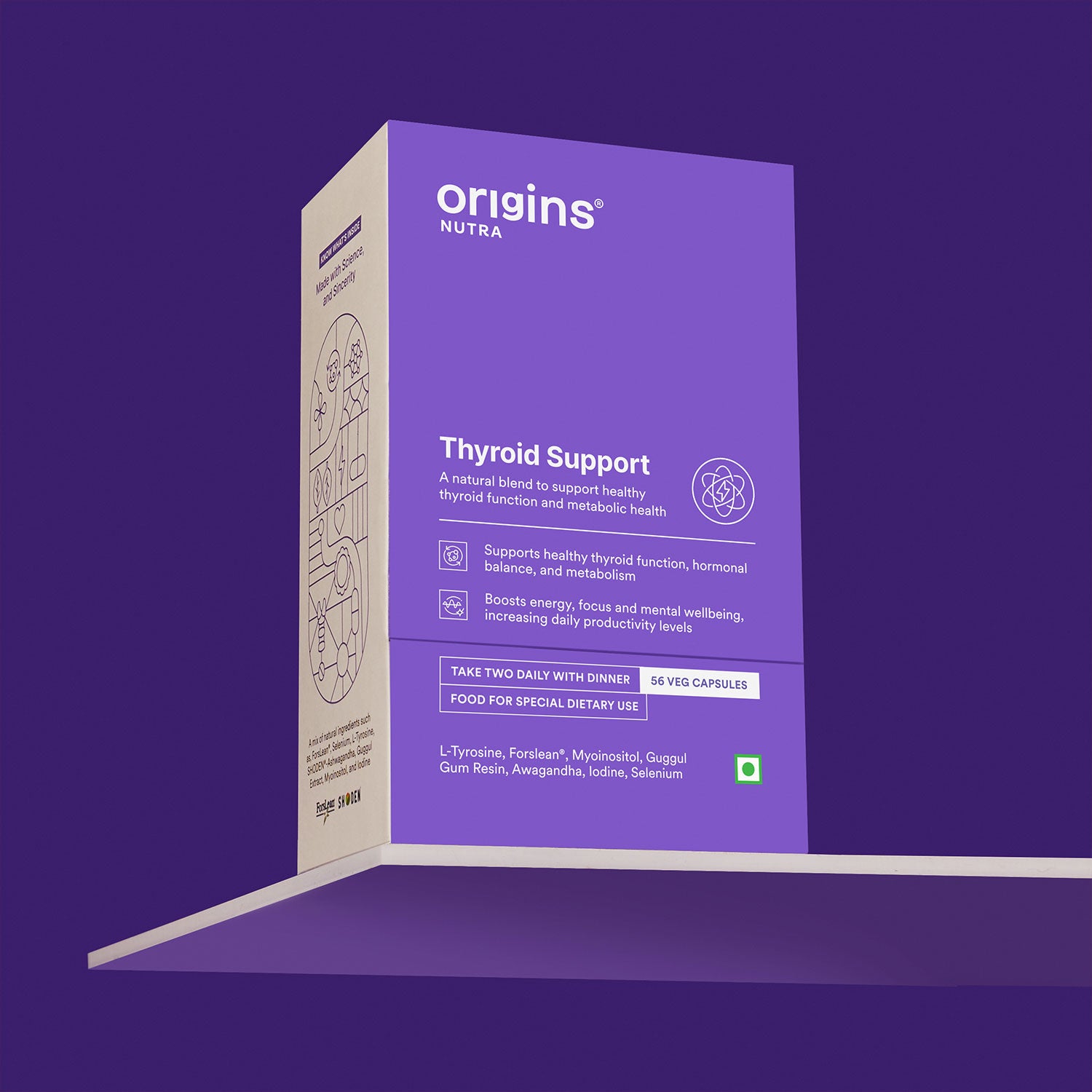
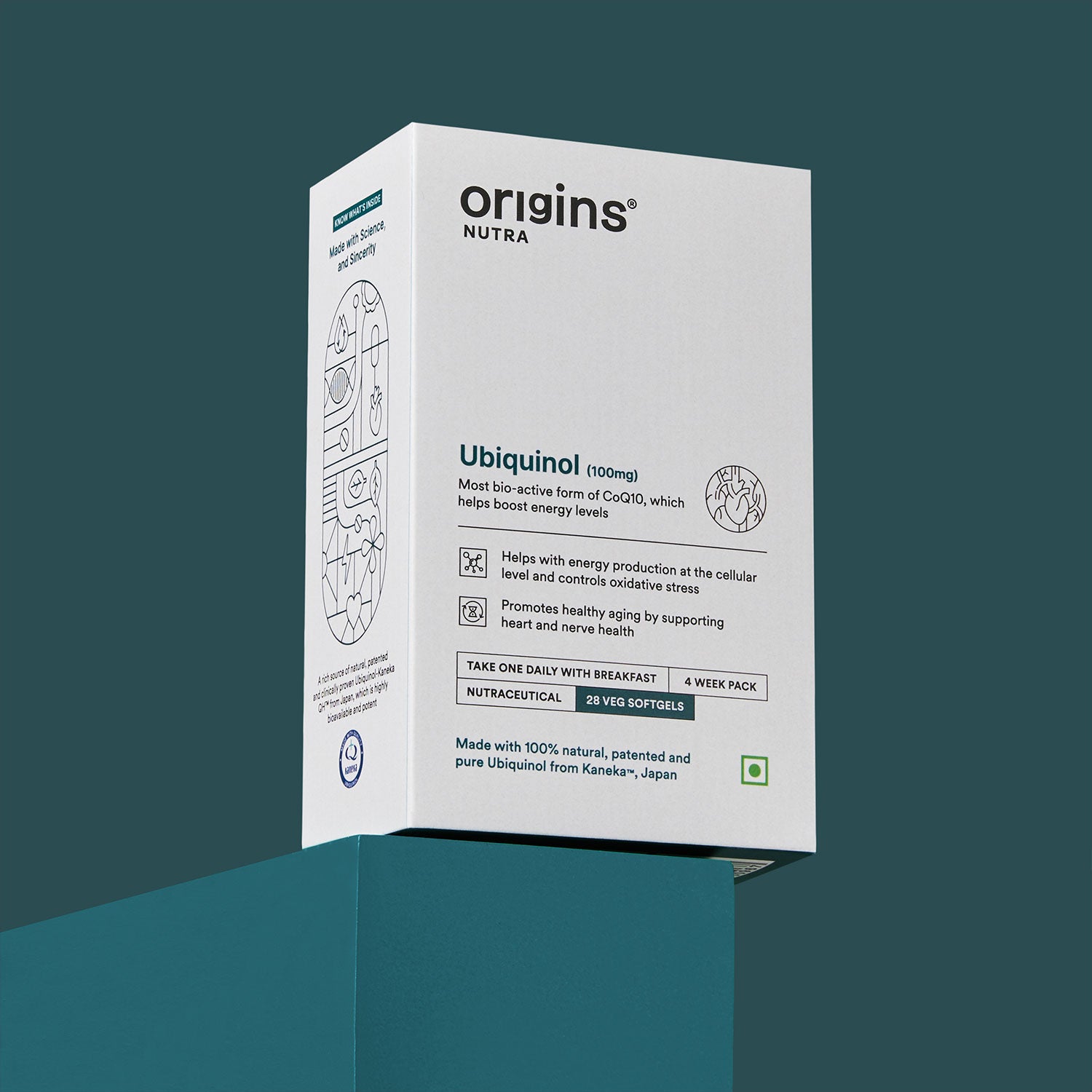







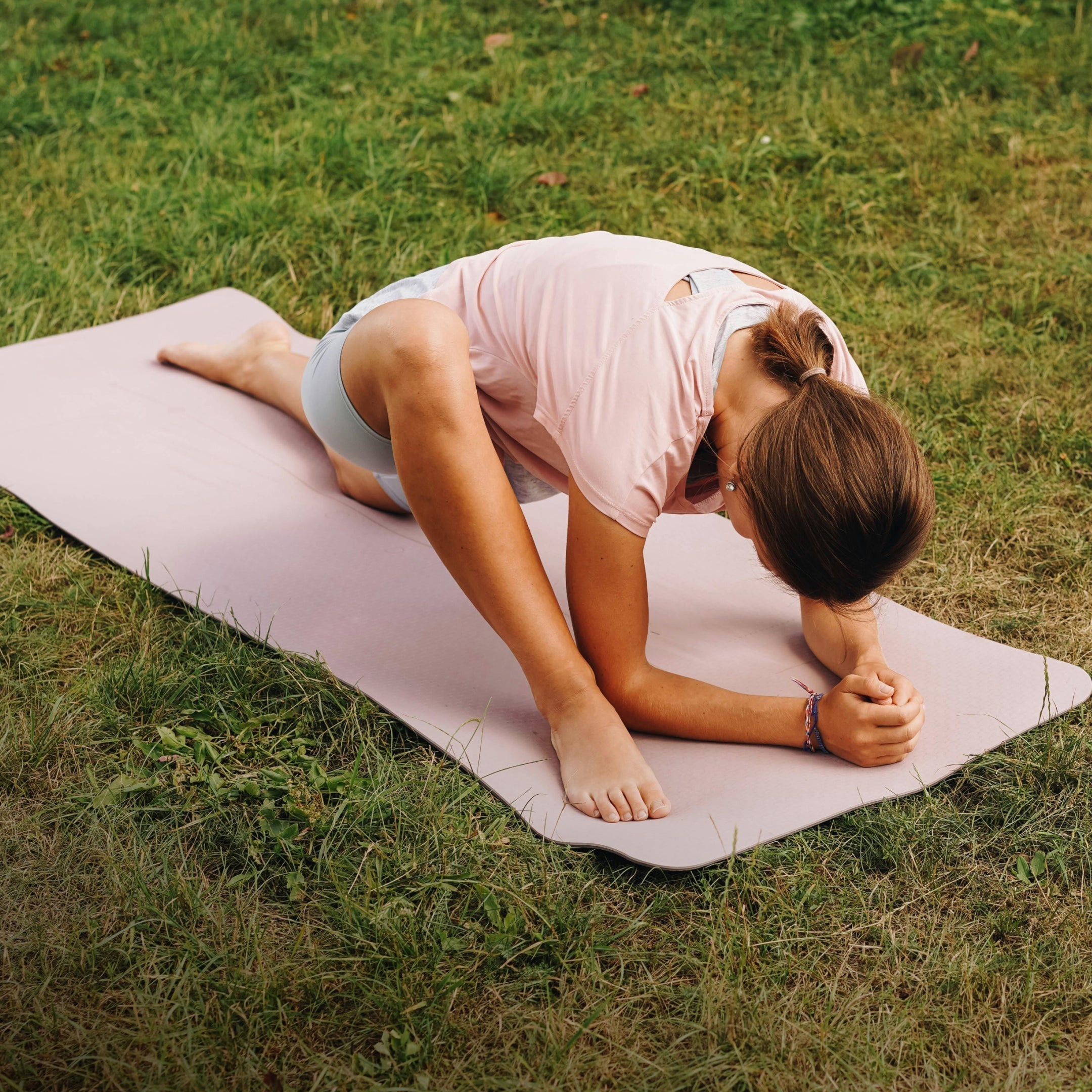



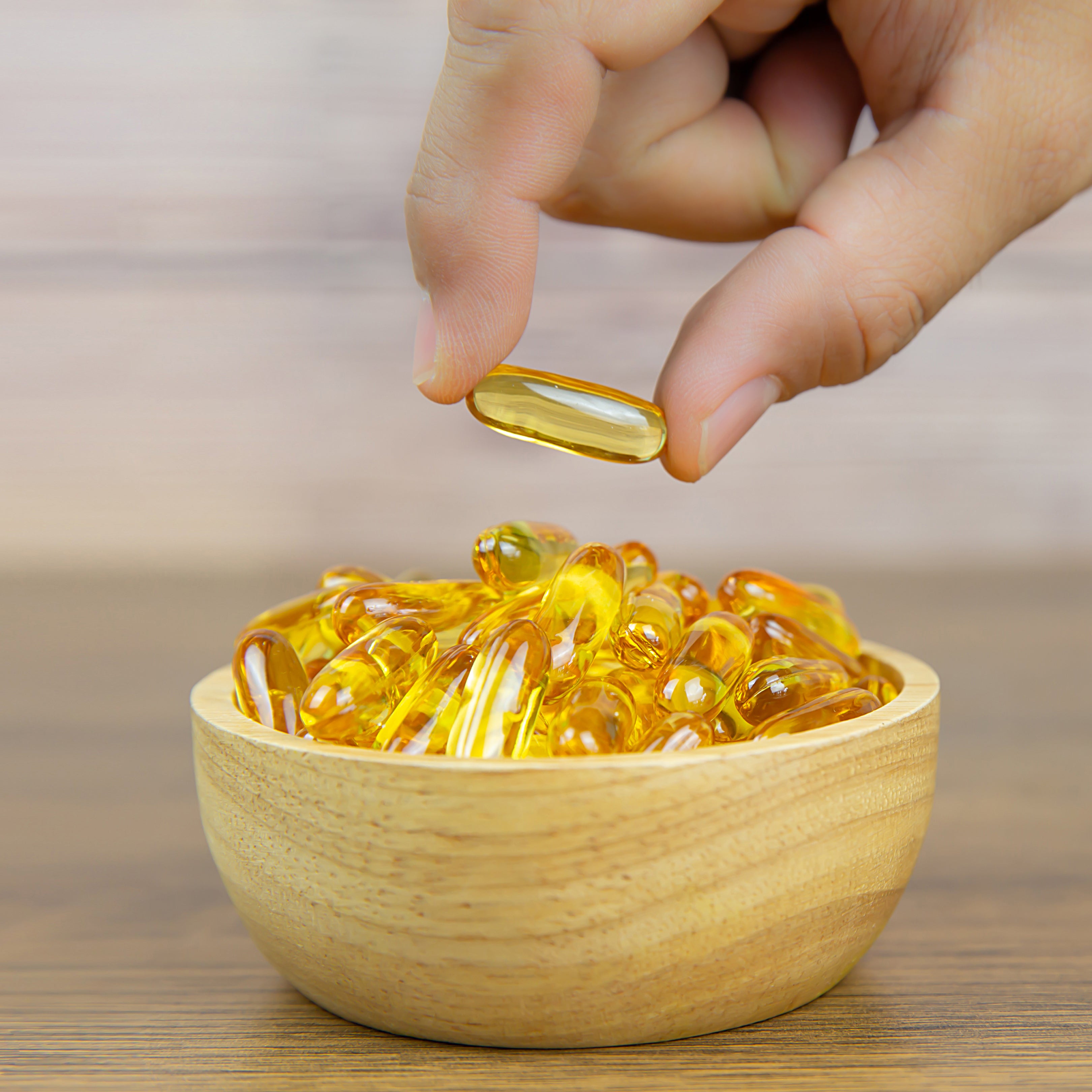


Thanks for your comment, Dr. Ashish Rana! Great point about joint care, it’s often overlooked. We’ll definitely consider adding tips on daily stretches and routines soon!
Appreciated this post — joint health is something we often overlook until discomfort sets in. Your breakdown of how lifestyle and movement impact our joints was eye-opening. It reminded me of the approach taken by specialists like JaipurJoints Surgeon in Jaipur, who focus not just on treatment but also on long-term joint care and mobility. I’d love to read more about daily routines or stretches that support joint flexibility. Thanks for making such an important topic easy to understand! Visit- https://jaipurjointssurgeon.com/
Leave a comment